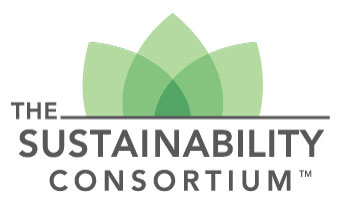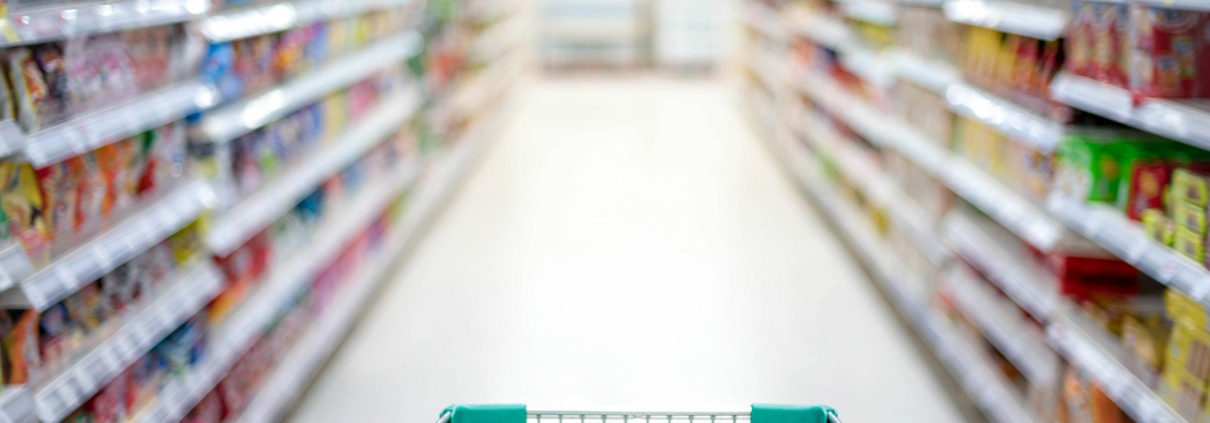The Most Important Person In Sustainability Doesn’t Work In Sustainability
Article from GreenBiz
By Euan Murray
Sustainability impacts are everywhere. And yet it is rare for any one person to be responsible for a sustainability problem or for solving it. The science tells us food and consumer goods are critical. They are responsible for 60 percent of global greenhouse gas emissions, two-thirds of tropical deforestation, 80 percent of global water use and three-quarters of forced and child labor. This means creating a sustainable future is really about creating a global revolution in sustainable consumption.
People with “sustainability” in their title are working tirelessly on sustainable strategies. But there’s an extremely important role in the supply chain that doesn’t necessarily work in sustainability: the buyer, the person who makes decisions about what winds up on store shelves (whether that’s a physical or online retail space).
Why are the buyers so important? Is it about shaping consumer purchasing? Yes, but that’s not the whole story. I believe people shouldn’t have to choose between products they can afford and products that are good for them, their families, their communities and the planet.
We know that growing numbers of shoppers are voting with their credit cards by favoring brands that share their values. And new initiatives such as Amazon’s Climate Pledge Friendly program make it easier for shoppers to prioritize products that have leading sustainability certifications such as GreenSeal and the Reducing CO2 label from The Carbon Trust.
And yet, for most consumers and for many product categories, that change won’t come fast enough. We need sustainability “built in” to everything shoppers buy.
So, who is responsible for delivering that?
The truth is that it is down to everyone working in those value chains. From consumer brands to manufacturers to traders, farmers, miners and beyond. We need everyone stepping up to understand their impacts, set targets consistent with the science, and to mobilize their companies and supply chains to get it done. It is a huge endeavor, involving a big slice of the entire global economy.
That can feel a bit overwhelming — like turning an oil tanker with a kayak paddle. So how do we get things moving more quickly, and how do we shift the balance of incentives to get the whole value chain doing more?
At The Sustainability Consortium (TSC), we’ve crowdsourced the best sustainability science to develop maps of every value chain in food and consumer goods, then identified the most important social and environmental hotspots, wherever they may be. The complexity, and the diversity, is huge. From apples to laptops, from T-shirts to shampoo, from car batteries to potato chips.
And yet, every detailed map has the same basic shape — an hourglass. There’s huge diversity and breadth in production, and that is mirrored by the huge diversity in the use of products, too. But the map always narrows right at the center. And here lies the most important person in sustainability. They don’t work in sustainability, and some of them don’t even see that this is part of their role yet. But they have the single greatest ability to drive sustainability of anyone. I am, of course, talking about the retail buyer.

These folks, working in retail procurement, do more than anyone else to shape how products get made and which we buy. They decide which products get most shelf space, which are promoted most actively and which get delisted for the next season. Both historically and today, these folks are driven by a handful of key metrics: sales volume; margin; stocking rates; returns. But what about adding sustainability into that mix?
The most progressive retailers — think Walmart, Target, Kroger, Walgreens — already arm their buyers with data and insights about the sustainability performance of their products and suppliers. Some retailers are even experimenting with new incentives for those buyers to get more sustainable products on shelf. At TSC, our THESIS Index program gives retail buyers the sustainability insights they need to make informed choices about the suppliers they work with and the products they source. It has grown rapidly; it is used by over 1,500 of the largest food and consumer goods companies covering products worth around $1 trillion in annual retail sales. Most important, we are seeing a 5-10 percent improvement in sustainability performance year-on-year.
So, what do buyers need to be successful? Three things:
They are a data-driven bunch: They need sustainability data and insights that are relevant and actionable. They don’t buy whole companies, they buy products. So, they need data about the products they buy that covers the whole value chain and whole product lifecycle. And that data needs to give easy insights into how things compare, which products have improved and which suppliers need help or a nudge to get going.
We all believe sustainability is critically important. But if “important” equates to “separate,” then sustainability is consigned to be forever siloed, where it is not part of everyday business. Sustainability data and insights need to sit alongside the other business metrics buyers manage, and so they need to be built into the software and tools those professionals use every day.
Lastly, and most important, commercial buyers need help. They can’t do it alone. They need a senior management team who has put sustainability at the heart of corporate strategy. They need a management structure that recognizes them for the progress they are making. And they need partners in product design, marketing, operations and, of course, sustainability to make things happen.
So, next time you meet a buyer, please say “thank you” for all they do today, and all they can do to unlock the revolution in sustainable products and sustainable shopping we need to see.




